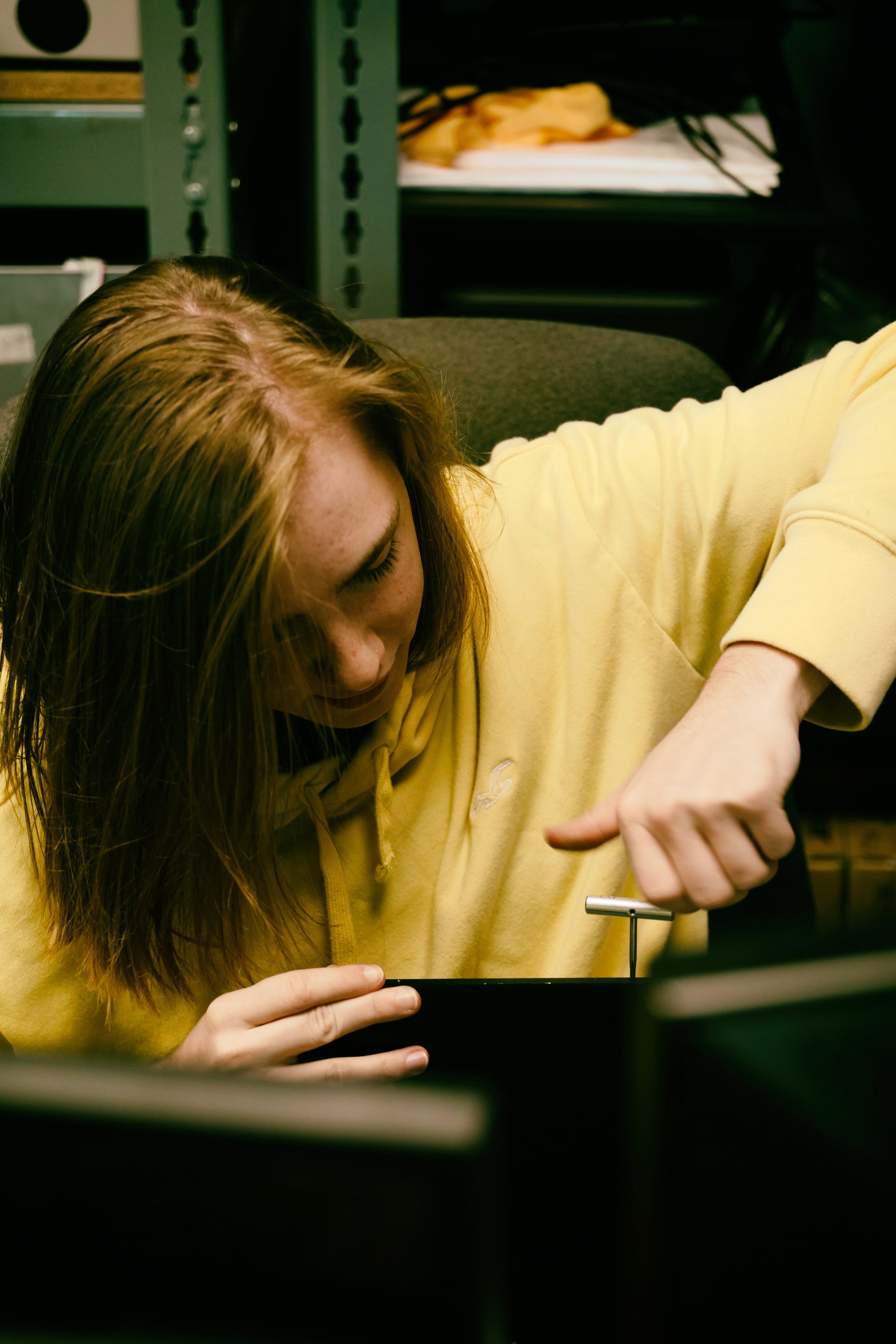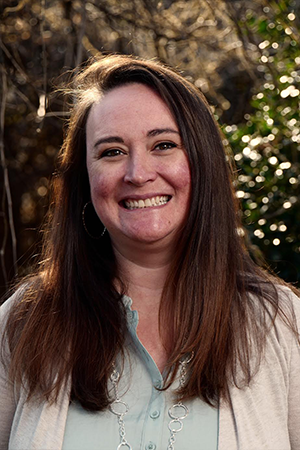Indicators on Spectrophotometers You Need To Know
Wiki Article
The Basic Principles Of Circularly Polarized Luminescence
Table of ContentsA Biased View of Circular DichroismThe Ultimate Guide To Uv/visAn Unbiased View of SpectrophotometersThe 6-Second Trick For Uv/vis8 Simple Techniques For Uv/visNot known Details About Circular Dichroism The 10-Second Trick For Uv/vis/nirAbout Circular DichroismSee This Report on Uv/vis/nirThe smart Trick of Spectrophotometers That Nobody is Talking AboutSome Known Incorrect Statements About Spectrophotometers Fascination About Uv/vis/nirAbout Circular Dichroism
It is then scanned through the sample and the recommendation options. Fractions of the incident wavelengths are sent through, or reflected from, the sample and the referral. The resultant light strikes the photodetector device, which compares the relative strength of the 2 beams. Electronic circuits transform the relative currents into direct transmission portions and/or absorbance/concentration worths.The transmission of a reference substance is set as a standard (information) worth, so the transmission of all other substances are taped relative to the initial "zeroed" compound. The spectrophotometer then converts the transmission ratio into 'absorbency', the concentration of particular elements of the test sample relative to the preliminary compound.
Considering that samples in these applications are not readily offered in big amounts, they are especially suited to being analyzed in this non-destructive strategy. In addition, valuable sample can be conserved by using a micro-volume platform where as low as 1u, L of sample is required for complete analyses. A short description of the procedure of spectrophotometry consists of comparing the absorbency of a blank sample that does not contain a colored compound to a sample that includes a colored substance.
Getting The Uv/vis To Work
In biochemical experiments, a chemical and/or physical property is picked and the procedure that is used specifies to that property in order to obtain more information about the sample, such as the quantity, pureness, enzyme activity, and so on. Spectrophotometry can be utilized for a number of strategies such as figuring out optimal wavelength absorbance of samples, identifying optimal p, H for absorbance of samples, determining concentrations of unknown samples, and determining the p, Ka of different samples.: 21119 Spectrophotometry is likewise a valuable procedure for protein purification and can likewise be used as a method to produce optical assays of a compound.It is possible to know the concentrations of a two element mixture utilizing the absorption spectra of the basic solutions of each component. To do this, it is essential to understand the termination coefficient of this mixture at 2 wave lengths and the termination coefficients of options which contain the recognized weights of the 2 elements.

Getting The Uv/vis/nir To Work
Region. The concentration of a protein can be approximated by determining the OD at 280 nm due to the presence of tryptophan, tyrosine and phenylalanine.Nucleic acid contamination can also interfere. This technique needs a spectrophotometer capable of measuring in the UV area with quartz cuvettes.: 135 Ultraviolet-visible (UV-vis) spectroscopy includes energy levels that thrill electronic shifts. Absorption of UV-vis light excites molecules that are in ground-states to their excited-states. Visible area 400700 nm spectrophotometry is used thoroughly in colorimetry science.
20. 8 O.D. Ink manufacturers, printing companies, textiles vendors, and much more, need the information provided through colorimetry. They take readings in the region of every 520 nanometers along the visible region, and produce a spectral reflectance curve or a data stream for alternative discussions. These curves can be used to check a brand-new batch of colorant to check if it makes a match to specs, e.
Unknown Facts About Uv/vis/nir
Traditional visible area spectrophotometers can not discover if a colorant or the base product has fluorescence. This can make it tough to handle color concerns if for instance one or more of the printing inks is fluorescent. Where a colorant consists of fluorescence, a bi-spectral fluorescent spectrophotometer is utilized (http://connect.releasewire.com/company/olis-clarity-343997.htm). There are two significant setups for visual spectrum spectrophotometers, d/8 (round) and 0/45.Researchers use this instrument to measure the amount of compounds in a sample. In the case of printing measurements 2 alternative settings are commonly utilized- without/with uv filter to control much better the result of uv brighteners within the paper stock.
Uv/vis Things To Know Before You Buy
Some applications need little volume measurements which can be carried out with micro-volume platforms. As explained in the applications area, spectrophotometry can be used in both qualitative and quantitative analysis of DNA, RNA, and proteins. Qualitative analysis can be used and spectrophotometers are utilized to tape spectra of compounds by scanning broad wavelength areas to determine the absorbance residential or commercial properties (the strength of the color) of the substance at each wavelength.
Circularly Polarized Luminescence Fundamentals Explained
One major aspect is the kind of photosensors that are offered for different spectral areas, however infrared measurement is likewise tough since essentially whatever emits IR as thermal radiation, specifically at wavelengths beyond about 5 m. Another issue is that rather a few products such as glass and plastic absorb infrared, making it incompatible as an optical medium.Samples for IR spectrophotometry may be smeared in between two discs of potassium bromide or ground with potassium bromide and pressed into a pellet. Where aqueous solutions are to be measured, insoluble silver chloride is utilized to construct the cell. Spectroradiometers, which run practically like the visible region spectrophotometers, are designed to measure the spectral density of illuminants. 2013. p. 13. Allen, DW; Cooksey, C; Tsai, BK (Nov 13, 2009). "Spectrophotometry". Recovered Dec 23, 2018. Ninfa AJ, Ballou DP, Benore M (2010 ). Essential Laboratory Methods for Biochemistry and Biotechnology (2nd ed.). Hoboken: Wiley & Sons. ISBN 9780470087664. OCLC 488246403. Schwedt G (1997 ). The important guide to analytical chemistry.
Chichester, NY: Wiley. pp. 1617. ISBN 9780471974123. OCLC 36543293. Ninfa AJ, Ballou DP (2004 ). Essential laboratory methods for biochemistry and biotechnology. Hoboken: Wiley. p. 66. ISBN 9781891786006. OCLC 633862582. Rendina G (1976 ). Philadelphia, PA: W. B. Saunders wikipedia reference Business. pp. 46-55. ISBN 0721675506. OCLC 147990. Oke, J. B.; Gunn, J. E.
See This Report on Uv/vis
"Secondary basic stars for outright spectrophotometry". The Astrophysical Journal. 266: 713. Bibcode:1983 Ap, J..266..713 O. doi:10. 1086/160817. Ishani, G (2006 ). "The very first business UV-vis spectrophotometer". p. 100. Recovered Dec 23, 2018. Simoni, RD; Hill, RL; Vaughan, M; Tabor, H (Dec 5, 2003). "A Traditional Instrument: The Beckman DU Spectrophotometer and Its Creator, Arnold O. 278 (49 ): e1. doi:. ISSN 1083-351X. Beckman, A. O.; Gallaway, W. S.; Kaye, W.; Ulrich, W. F. (March 1977). "History of spectrophotometry at Beckman Instruments, Inc". Analytical Chemistry. 49 (3 ): 280A300A. doi:10. 1021/ac50011a001. "Hewlett Packard: Substance Identification with HP 8450 A UV Visible Spectrophotometer". Analytical Chemistry. 51 (12 ): 1188A1189A. 1979-10-01.1021/ac50048a728. ISSN0003-2700. Ninfa AJ, Ballou DP, Benore M (2015 ). Basic Lab Methods for Biochemistry and Biotechnology (3, rev. ed.). Hoboken, NJ: Wiley & Sons. p. 77. ISBN9780470924525. OCLC915641828. "Completely Automatic Double Beam - Atomic Absorption Spectrophotometer (AA 8000)". Lab Devices. Labindia Analytical Instruments Pvt. Ltd. "Spectrophotometry Applications and Principles".
Spectrophotometers - The Facts
"Applied Spectrophotometry: Analysis of a Biochemical Mixture". Biochemistry and Molecular Biology Education. Journal of Biochemistry Education.The Only Guide to Spectrophotometers
U.S. Department of Commerce National Bureau of Standards unique publication; 378. Washington, D.C.: U.S. National Bureau of Standards. p. 2. OCLC 920079.The process starts with a controlled light that brightens the examined sample. When it comes to reflection, as this light connects with the sample, some is taken in or released. The discharged light journeys to the detector, which is evaluated, quantified, and provided as industry-standard color scales and indices.
All terms are evaluated over the visible spectrum from 400 to 700 nm. In the case of transmission, when the light interacts with the sample, it is either absorbed, shown, or transmitted.
Fascination About Circularly Polarized Luminescence
Examples consist of APHA (American Public Health Association) for watercolor and purity analysis, ASTM D1500 for petrochemical color analysis, edible oil indices used in food, and color analyses of drinks. All terms are evaluated over the noticeable spectrum from 400 to 700 nm.Image Credit: Matej Kastelic/ Dr. Arnold J. Beckman and his colleagues at the National Technologies Laboratories first developed the spectrophotometer in 1940. In 1935 Beckman founded the company, and the discovery of the spectrophotometer was their most ground-breaking innovation. Dr. Bruce Merrifield, a Nobel prize-winning biochemist, mentioned that the invention of the spectrophotometer was "most likely the most important instrument ever established towards the advancement of bioscience." Before the discovery of the spectrophotometer, chemical analyses took weeks to complete, with 25% accuracy.
All About Uv/vis/nir
99% accuracy. In time, researchers kept improving the spectrophotometer style to improve its efficiency. For example, the UV capabilities of the model B spectrophotometer were improved by replacing the glass prism with a quartz prism. Ultimately, the Design DU was created, consisting of a hydrogen lamp and other improvements. This instrument was used in industrial laboratories, centers, and chemistry and biochemistry departments.After 1984, double-beam variations of the device were designed. The addition of external software application with the provision of onscreen screens of the spectra was available in the 1990s. Usually, a spectrophotometer is made up of two instruments, specifically, a spectrometer and a photometer. A fundamental spectrophotometer contains a light source, a monochromator, a collimator for straight beam transmission, a cuvette to put a sample, and a photoelectric detector.
The Circular Dichroism PDFs
There are various types of spectrophotometers in different shapes and sizes, each with its own purpose or functionality. A spectrophotometer identifies just how much light is shown by chemical parts. UV/Vis. It determines the distinction in light strength based upon the overall quantity of light introduced to a sample and the amount of beam that passes through the sample solution
A spectrophotometer is used to figure out the concentration of both colorless and colored solutes in a solution. This instrument is used to determine the rate of a reaction.
Report this wiki page